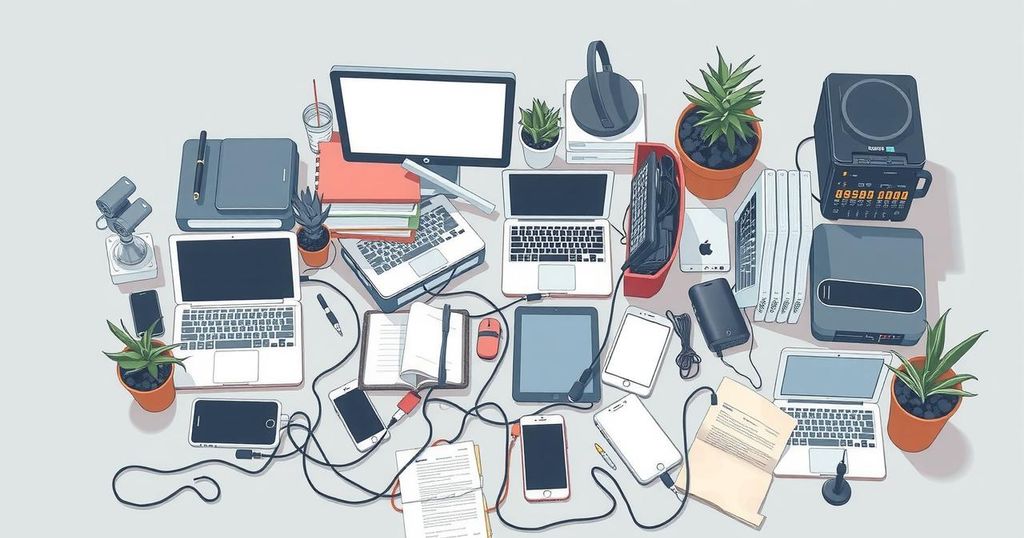Negative Effects of Technology on Social and Psychological Wellbeing
- Excessive technology use can lead to isolation and anxiety.
- Young adults face significant impacts on mental health from social media.
- Eyestrain is a common issue tied to prolonged screen time.
- The 20-20-20 rule can help mitigate eye strain effects.
- Poor posture while using devices may lead to musculoskeletal problems.
- Blue light from screens can disrupt natural sleep patterns.
- Technology overuse is linked to reduced physical activity among users.
- Children may experience delayed development due to overexposure to technology.
Psychological Effects of Overusing Technology
Negative effects of technology can often overshadow its undeniably positive impacts, especially in terms of psychological and health-related issues. In our hyper-connected world, the constant barrage of social media updates and smartphone notifications feels normal. Yet, research shows these very tools, designed to foster connection, may lead to feelings of isolation, depression, and anxiety, particularly among younger users.
Link Between Isolation and Social Media
A significant piece of research from 2017 highlighted a disturbing trend: young adults between 19 and 32 who spent excessive time on social media reported feeling three times more socially isolated than their peers who didn’t engage as often. This relationship between technology use and mental health isn’t black and white; those who reported more positive interactions often felt better than those who faced negative engagement. It begs the question: Are our digital connections helping us, or are they pulling us further from genuine human interaction?
Physical Health Concerns from Excess Tech Use
On the physical side, overuse of technology can lead to some troublesome health issues. Eyestrain is becoming a common complaint as people fixate on handheld devices and computers for hours. Characteristic symptoms, like blurred vision and even persistent headaches, can often be mitigated with regular breaks, but many people forget to step away from the glowing screens. Experts suggest the 20-20-20 rule as a simple remedy: every 20 minutes, look at something 20 feet away for 20 seconds. Ignoring these symptoms can lead not just to discomfort but also to long-term vision problems that might require professional attention.
In conclusion, while technology connects us, its overuse can lead to serious psychological and physical health issues. The key lies in moderation and adopting healthier habits around technology usage. Educating both adults and children about maintaining a balanced relationship with technology seems essential in our ever-evolving digital landscape.




